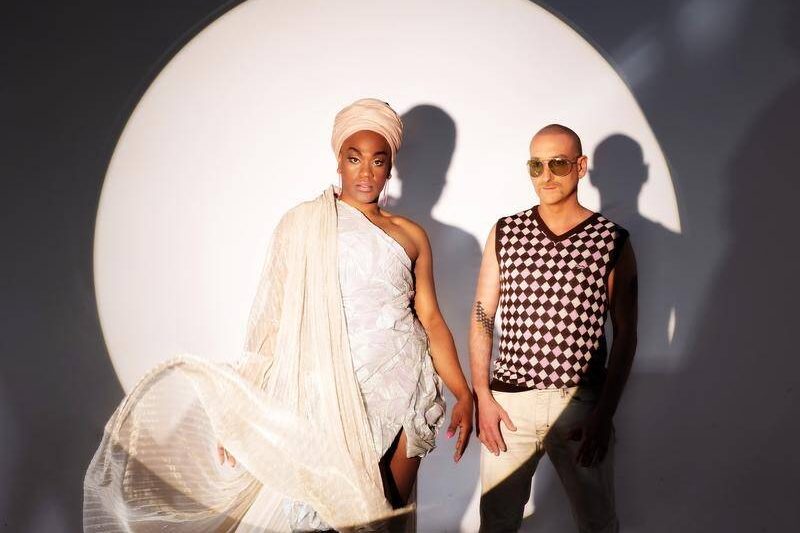
IN a sure sign that exhibitions of the future will sit somewhere between live and virtual, the National Museum of Australia is screening a digital reimagining of Australia’s pavilion exhibition for the 17th Venice Biennale of Architecture, which ran from May to November.
Travel restrictions prevented curators Jefa Greenaway and Tristan Wong from doing the installation in Venice, so instead they resorted to a virtual format that turned out to have one big advantage – it will still be up and accessible long after the biennale has closed.
The overarching theme for the 2021 biennale, devised by curator Hashim Sarkis in the context of widening political divides and growing economic inequalities, was “How will we live together?”
In response, Greenaway and Wong developed a series of projects and processes that they selected for their representations of indigenous peoples and cultures.
The International Exhibition had 112 participants from 46 countries, and included a sub-theme, “How will we play together?” in which five international participating architects designed a project dedicated to children’s play.
According to Sarkis, the global pandemic made the question that this Biennale Architettura is asking all the more relevant and timely, in light of the intensifying climate crisis, massive population displacements, political instabilities around the world, and growing racial, social, and economic inequalities.
The Australian contribution, prominent because alphabetically we were the first country in the catalogue, took a close-up look at architecture and architectural practices and projects in remote, regional and metropolitan locations across all our states and territories as well as in NZ, Papua New Guinea, Samoa, Fiji and Vanuatu, fits the theme perfectly, and contains a message for the future.
Co-curator Wong believes the practices and knowledge that have been around for more than 60,000 years can be embedded into the way we design buildings, creating opportunities for a new kind of architecture that is “better for people, cities and the environment”.
Wong and Greenaway have enjoyed a rare chance to look at how architects, both non-indigenous and indigenous, are working with First Nations peoples, their traditional owners and their knowledge-keepers and elders, “as a way of embedding cultural authenticity into our built environment.”
“Inbetween,” in the National Museum of Australia’s Focus Gallery until June 12, 2022.
Who can be trusted?
In a world of spin and confusion, there’s never been a more important time to support independent journalism in Canberra.
If you trust our work online and want to enforce the power of independent voices, I invite you to make a small contribution.
Every dollar of support is invested back into our journalism to help keep citynews.com.au strong and free.
Thank you,
Ian Meikle, editor




Leave a Reply